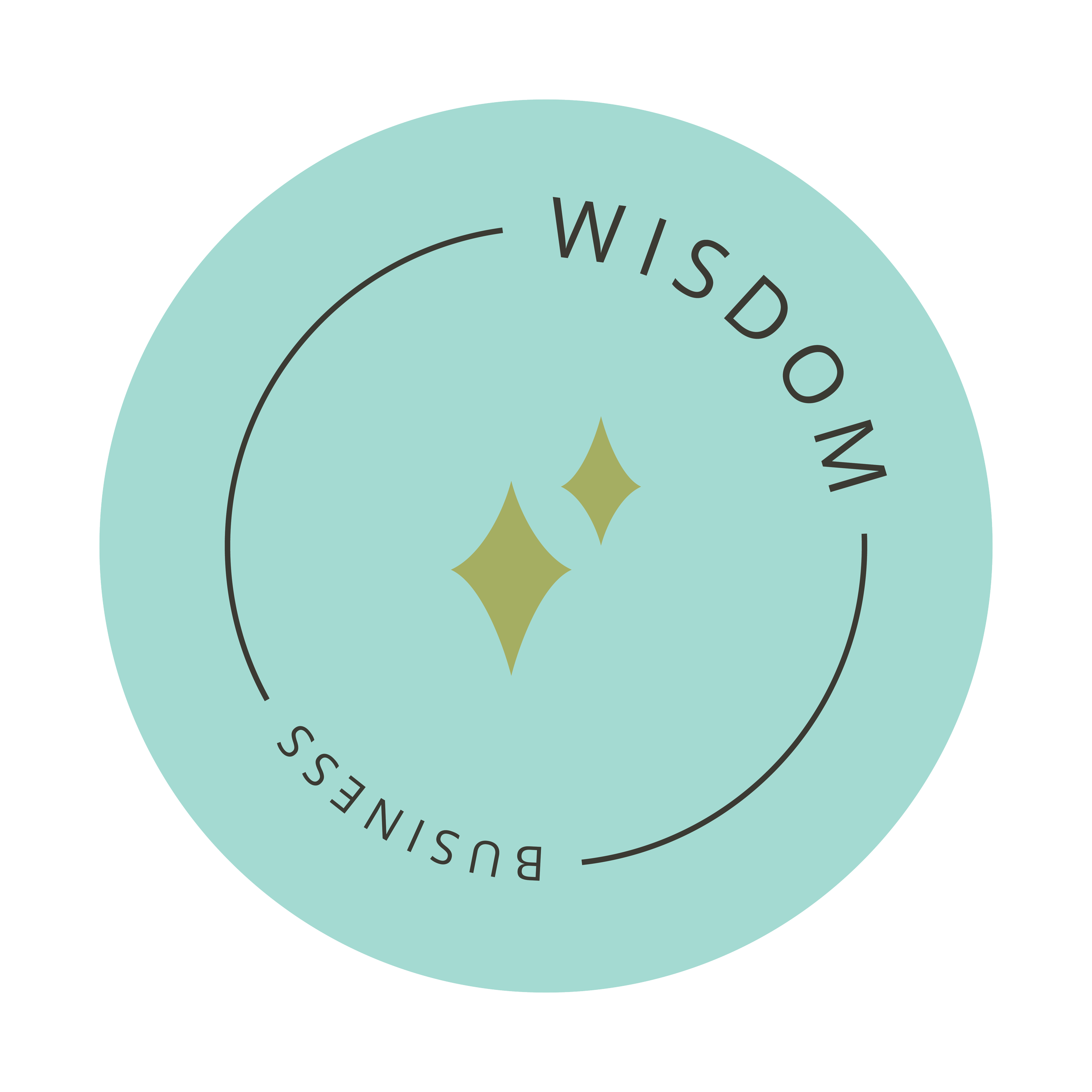Is your photography client always right? It's not so cut and dry
Image by: @kellysikkema
The client is not always right. But often right and wrong isn’t at issue. As soon as a situation goes a little south, it is very typical in our human nature to search for something to anchor to, and assign a label - otherwise known as blame. This is the landscape we feel comfortable with - being able to contextualize and neatly compartmentalize what has happened. The problem is, it rarely solves any problem. For example, a client voices a complaint. Immediately, our mind seems to try to find things that support the fact that the client is difficult. Maybe they were late by 10 minutes for the session. You accepted it when it happened, but now, well, that was a flag, wasn’t it? Not only that, but you went above and beyond and stayed that extra 10 minutes, because you are a kind person. The client starts sounding like a really ungrateful person here - late, and then not even appreciative of the extra time you gave, and still complained about something. Does this sound familiar? The truth is, our minds can find and rationalize any story we give it. When we feel attacked or a target our natural defences start concocting a story that helps us feel better. This sets the stage for dangerous territory for business owners. You are creating a divide - us and them. When there is a divide, 2 opposing forces, they are against each other. This kind of territory makes it extremely difficult for resolution because in this scenario, someone has to win and someone has to lose. We don’t like to feel like we should lose when it comes to our business (or even personally) and thus the only other scenario is that the client loses. And that’s equally as bad for us!
Photography is NOT an us and them profession. Making it so in the face of a challenging client services situation is detrimental to everyone. So let’s add something to that very first sentence I opened this post with:
The client isn’t always right, but the client is always the priority.
What does this statement do? It reminds us that we accepted a client in good faith into our business and there is nothing more important to have that client exit that business with grace and in alignment with our brand. No one has to be wrong or right because assigning people’s actions as right and wrong does nothing to resolve the situation. Let’s take the above example of the client being late; it affected good lighting in the images that they are complaining about. We could say they were wrong to be late. But we could also say that you were wrong not to enforce a policy of lateness. If pointed out that they were in the wrong by being late, they could equally come back and say that a lateness policy wasn’t properly communicated and they didn’t realize the repercussions because you as the expert didn’t say anything and kept going for 10 more minutes. See how this just degenerates into a sparring match? Each person, feeling they are in the right, will simply argue for their rightness because no one wants to admit wrongness. And then it becomes all about that, and there is a standoff to closing the business transaction. And I will say, since you are the business owner — the complete governor of what happens within the business — it’s up to you to set the tone for resolution. Because your business reputation and brand depends on it, and that’s something to hold sacred and protect at all costs. Right and wrong does not protect your business. Client conflict resolution does.
If we accept a client then we have signed up for an obligation to see things through to the end in a way that aligns with our brand promise. Solutions may vary but it’s up to us to lead things to a graceful end, whatever that looks like for our business and our brand. It doesn’t even matter what the issue is rather than how we handle it. And this doesn’t mean that you have to concede everything, refund, or offer more sessions. Sometimes a sympathetic ear, and a willingness to hear the client and their feelings is enough to diffuse them. Sometimes a small gesture like some extra images, an apology for a lack of clarity (if that was the case), or a print credit in their store could also satisfy.
If you’re like every other photographer, you will have made some promises on your website. Fun, friendly, relaxed sessions, beautiful photos. You’ll be their photographer BFF. Remember that you made these promises at the start when you were hoping that client signed on with you. You can’t just throw them into the fire part-way through the transaction. This approach only creates obstacles to serving them to the end. You must collaborate towards a mutual satisfactory resolution because essentially you’re in this thing together.
A resolution may not be perfect. There could be negative feelings no matter what, but what does matter is that a resolution has been achieved. Both parties may walk away not entirely happy but at least there was efforts made to close things as best as you could. As long as you can stand behind your resolution as part of your brand promises, then you cannot be faulted for anything. This means checking back with those promises and not allowing things to get too personal. Emotional entanglement isn’t beneficial, even if you feel emotional. If you say in your marketing materials that you are friendly and bubbly, then anger apparent in back and forth messages cannot be entertained. Instead, your upbeat friendly and bubbly approach, while toned for the situation, should be present, even if you are delivering difficult news or saying no. Then, deal with your emotions outside of the situation.
Your website is the face of your business 24 HOURS A DAY, 365 DAYS A YEAR. It puts in more time than you ever will into your business. And because it puts in the time, it frees you to put time into other areas. You couldn’t even pay someone to be that dedicated! It is one of the most VALUABLE tools in your marketing toolkit.
Is it doing its job? It is up to you to make your website engaging, sparkling, and CONVERTING. Make it the best it can be, so it can be the workhorse for those leads.
Be willing to let go of right and wrong
Sometimes our businesses run up against our human nature, and with photography being a very intimate, people-focussed business, it can be very hard to walk that line. There is an expression “would you rather be right, or happy?” This applies somewhat to our case. Resist the temptation to assign a right and a wrong label. To a client and to you too. Business is often shades of grey with both parties having right points and wrong points. No need to flog yourself, and no need to demonize a client. Those actions just serve to create a barrier to resolution.
We have to be willing to, no matter how difficult a client has become, to prioritize them. This doesn’t concede that they are right; it simply means that you need to go into conflict resolution mode, and do what it takes to zip things up. When we spend undue time ruminating on what the client did wrong, or even what we did wrong, it eats time. Time is valuable and should be spent improving our businesses and serving clients and bringing in revenue. Lingering in a conflict doesn’t serve anyone, especially you because time is money. And you also don’t want to linger in negative feelings, which beget negative feelings.
The Complaint Plan
When my daughter was younger and fell sick with a cold, I immediately kicked off the “Sick Plan.” Pickup from daycare or school. Change into pj’s. Create a spot on the couch with her blanket and pillow and favourite stuffy. A favourite program on the TV. A cup of hot water with honey and lemon. The thermometer to monitor fever. A box of tissues. The comfort food snacks, maybe a cool cloth for her forehead. Lots of love and soothing. We mobilized these things knowing they would make her feel more comfortable. These actions served to nip the illness in the bud and get her healthy quickly. I suggest that you engage in a similar “Complaint Plan” when something is voiced by a client. You can immediately jump into the actions to take to start rectifying that situation. And it’s not so different than caring for a sick child. I may have had to take a day off of work and re-arrange a million things and I’m inconvenienced, but I don’t assign right or wrong or fault - I can’t blame my daughter for catching a virus! Do the same with your client. Don’t assign fault, try to make them comfortable and do the things that will nip the complaint in the bud and get both of you healthy quickly. Then everyone can move on! For more support on how to handle difficult clients, read this post.
Linking the other pillars
When conflict happens we tend to internalize it. Employ some self-care here. Often it helps to walk away and clear your head of the right and wrong argument that automatically starts happening, so that you don’t let it get to far into your body.
Journalling the right and wrong argument before dealing with the client can help you clear that unhelpful script. You can be as right as you want to be in those pages! It’s a good venting option. Then return to the client situation with a neutral stance of making them a priority and finishing this business.
Refer back to the energy you promised when a client signed on/ booked with you. Remember to reflect those principles in any conflict resolution. Clients may not end up walking away happy but at least they can admit (even if only to themselves) that the situation was handled per your brand promises. Usually this results in them ending things and not feeling vindictive and leaving bad reviews etc.
Listen to intuition when first introducing a client into your business, as it can help you prevent this kind of situation in the first place. Be willing to be very selective of who you’d like to work with. Conflicts often happen when we feel we can’t close the door to anyone because we need income. Be more willing to speak directly with your dream client and don’t ignore when your gut may sense a flag.
Join the Facebook Group with over 6,000 like-minded members to chat with others on this topic, and more!







